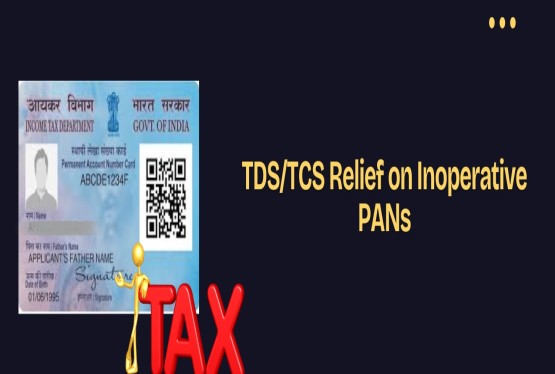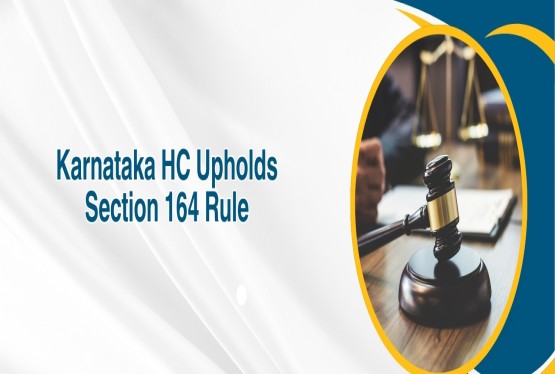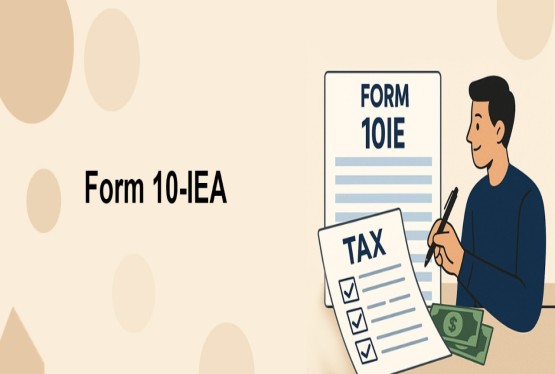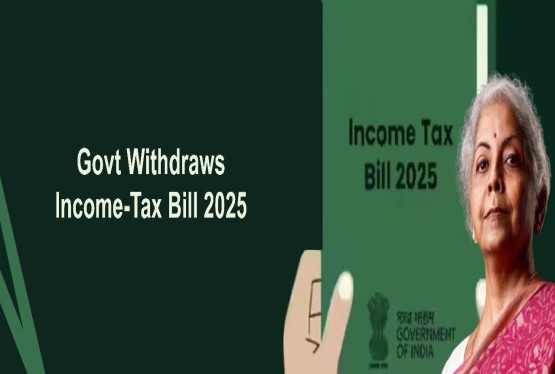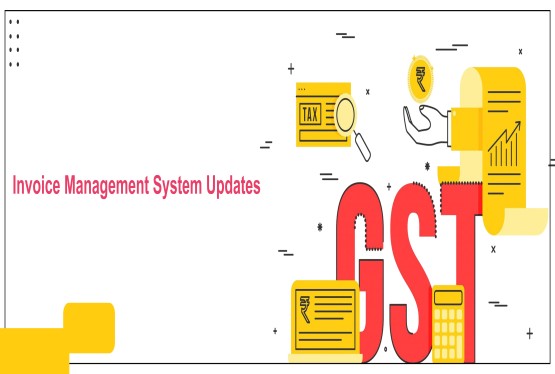Section 194IA of the Income Tax Act was introduced by the Finance Act of 2013 with an objective to ensure better tax compliance in high-value property transactions. This section mandates the deduction of Tax Deducted at Source (TDS) on the purchase of immovable property, whether it is residential, commercial, or land (including plots or under-construction properties), if the value of the transaction exceeds a specified amount. This provision helps the government track large real estate transactions and ensures that tax obligations are fulfilled correctly.
This article will explain all aspects related to Section 194IA of the Income Tax Act in detail, including when TDS is applicable, the threshold limit, how to make payments, implications of non-compliance, and more. The aim is to help buyers and sellers understand the importance of TDS on property transactions and follow the required procedures in a hassle-free manner.
What is Section 194IA?
Section 194IA is a specific provision under the broader Section 194 of the Income Tax Act that deals with TDS deductions. Introduced in 2013, this clause makes it mandatory for the buyer of an immovable property to deduct TDS at the rate of 1% from the total sale consideration if the property value exceeds Rs. 50 lakhs. This applies to residential property, commercial property, land, or even unconstructed plots.
The buyer is responsible for deducting and depositing this TDS with the central government. It must be done through a special form known as Form 26QB within 30 days from the end of the month in which the deduction is made. Failure to deduct or deposit the TDS can lead to serious financial penalties and legal consequences for the buyer.
When to Deduct TDS under Section 194IA?
TDS under Section 194IA must be deducted at the earliest of the two events:
-
When the amount is credited to the seller's account.
-
When the actual payment is made to the seller in any mode — cash, cheque, draft, or bank transfer.
This rule ensures that the government receives tax dues promptly, and the buyer cannot delay the deduction of TDS until after the full transaction is complete. It applies even if the payment is made in parts or through installments.
Threshold Limit under Section 194IA
The threshold limit for the application of Section 194IA is Rs. 50 lakhs. This means that TDS must be deducted only when the consideration for the sale of immovable property is more than Rs. 50,00,000. If the value is Rs. 50,00,000 or below, the provisions of this section will not be applicable.
The rate of TDS to be deducted is 1% of the total transaction amount. Importantly, no surcharge or cess is added to this rate. However, if the seller does not provide a valid PAN, the TDS rate increases sharply to 20%.
For example, if a property is sold for Rs. 60,00,000, the buyer must deduct 1% TDS amounting to Rs. 60,000. The net amount payable to the seller would be Rs. 59,40,000. This amount must then be deposited using Form 26QB.
Payment of TDS Under Section 194IA
Once the TDS has been deducted, it must be deposited with the government within 30 days from the end of the month in which the deduction was made. The payment should be made along with Form 26QB, which serves as both a TDS return and challan.
The payment can be made online through the official website of the Income Tax Department. The buyer must ensure the accuracy of all details submitted in the form. Any error can lead to complications in the issuance of the TDS certificate and may also affect the seller’s ability to claim credit for the tax deducted.
Documents Required for Filing TDS in Immovable Property Sale
1. Buyer’s Documents:
-
PAN Card (mandatory)
-
Aadhaar Card (if required for verification)
-
Address Proof (utility bill, Aadhaar, or passport)
-
Bank details for TDS payment
2. Seller’s Documents:
-
PAN Card (mandatory for deduction)
-
Aadhaar Card (if required)
-
Address Proof
-
Bank account details
3. Property Details:
-
Sale Agreement or Sale Deed
-
Complete address of the property
-
Total sale consideration amount
-
Date of agreement and payment
4. Payment & TDS Details:
-
TDS Challan (Form 26QB)
-
TDS amount deducted (1% of sale consideration)
-
Acknowledgment receipt after payment
5. Other Details:
-
Contact details of both buyer and seller (email and mobile number)
-
Mode of payment used in the transaction
Things to Remember When Claiming TDS under Section 194IA
Buyers must keep several important points in mind to ensure proper compliance:
-
TDS is applicable only if the property value exceeds Rs. 50 lakhs.
-
The buyer is solely responsible for deducting and depositing the TDS.
-
In case of multiple buyers or sellers, separate Form 26QB must be filed for each party.
-
TDS must be deducted on every installment if the property payment is made in parts.
-
After the TDS is deposited, the buyer must issue a TDS certificate (Form 16B) to the seller within 15 days.
What Can Happen to a Buyer Who Fails to Deduct TDS?
Failure to comply with Section 194IA can attract severe penalties and consequences:
-
Interest: 1.5% per month or part thereof from the date TDS was deductible till the date of actual payment.
-
Penalty: Equal to the amount of TDS that was supposed to be deducted.
-
Late Filing Fee: Rs. 200 per day for delay in submitting Form 26QB under Section 234E.
-
Additional Penalty: Under Section 271H, the penalty can range between Rs. 10,000 and Rs. 1,00,000 for incorrect or non-filing of TDS statement.
-
Prosecution: In extreme cases, imprisonment ranging from three months to seven years may also be imposed.
Implication for Sellers
If the buyer fails to deduct or deposit TDS, the seller may not receive the tax credit for the transaction. This can result in additional tax burdens, delay in property-related documentation, or even income tax scrutiny.
What is Form 26QB?
Form 26QB is an important document in the TDS process for property purchases. It is a TDS challan-cum-statement that must be filed by the buyer when deducting TDS under Section 194IA. This form should be submitted within 30 days from the end of the month in which the payment to the seller was made.
How to Make TDS Payment Online?
To make a TDS payment under Section 194IA, follow these steps:
-
Visit the official Income Tax website and log in.
-
Go to ‘E-file’ > ‘e-Pay Tax’ and click on ‘Proceed’ under the 26QB section.
-
Fill in all required details: buyer and seller details, property details, payment information, and TDS amount.
-
Choose your payment mode: ‘Pay Now’ or ‘Pay Later.’
-
If selecting ‘Pay Now,’ accept terms and proceed to payment. Once completed, an acknowledgment receipt will be generated.
How to Download Form 26QB?
-
Visit the official Income Tax website and log in.
-
Select ‘e-Pay Tax’ from the top menu.
-
Click on ‘Payment History’ to view previously submitted forms.
-
Download the receipt or statement for Form 26QB if it has already been filed.
Where is TDS Deducted on Property Seen by the Seller?
The seller can view the TDS deduction details in their Form 26AS under Part F. This section shows the TDS credited to their PAN and helps them claim credit while filing their income tax return.
On Which Amount Should TDS Be Deducted?
TDS under Section 194IA must be deducted on the transaction value of the property, excluding applicable taxes such as GST. For instance, if the total sale value is Rs. 60,00,000 and GST of Rs. 6,00,000 is levied, then TDS is to be calculated only on Rs. 60,00,000.
What is TDS Form 16B?
Form 16B is the TDS certificate issued by the buyer to the seller after depositing the TDS with the government. This certificate serves as proof that TDS has been deducted and deposited correctly. The buyer must download it from the TRACES portal and issue it to the seller within 15 days from the date of TDS payment.
Conclusion
Complying with Section 194IA of the Income Tax Act is essential for every property buyer in India. It not only ensures smooth processing of property transactions but also protects both the buyer and seller from legal complications. Always ensure timely deduction, payment, and documentation of TDS on the purchase of immovable property to stay compliant with the law. If you have any queries or need any support connect with Compliance Calendar LLP experts through email at info@ccoffice.in or Call/Whatsapp at +91 9988424211.
FAQs
Q1. Is TDS applicable if the seller is an NRI?
Ans. No, Section 194IA applies only if the seller is a resident. For non-resident sellers, TDS is deducted under Section 195 at applicable rates.
Q2. Do I need a TAN to deduct TDS under Section 194IA?
Ans. No, TAN is not required for deducting TDS under this section. The buyer can use their PAN to file Form 26QB.
Q3. Is TDS applicable if the property value is exactly Rs. 50 lakhs?
Ans. No, TDS is not applicable if the sale consideration is Rs. 50 lakhs or less. It becomes applicable only when the value exceeds Rs. 50 lakhs.
Q4. How many Form 26QB should be filed if there are multiple buyers or sellers?
Ans. A separate Form 26QB must be filed for each combination of buyer and seller.
Q5. Can TDS be paid in installments if the payment is made in parts?
Ans. Yes, TDS should be deducted and deposited on each installment made to the seller.
Q6. What happens if incorrect details are entered in Form 26QB?
Ans. Incorrect details may lead to mismatch issues. It is advised to submit a correction request through the TRACES portal.
Q7. When should Form 16B be issued to the seller?
Ans. Form 16B must be issued to the seller within 15 days from the due date of filing Form 26QB.








_crop10_thumb.jpg)


















































































_for_FY_2025-26_crop10_thumb.jpg)



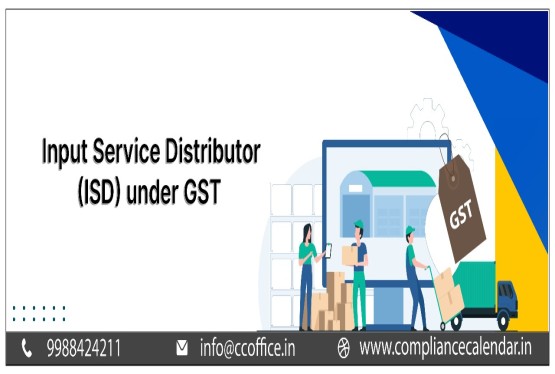








_learn_crop10_thumb.jpg)








_Filing_Due_Dates_for_FY_2024-25_learn_crop10_thumb.jpeg)
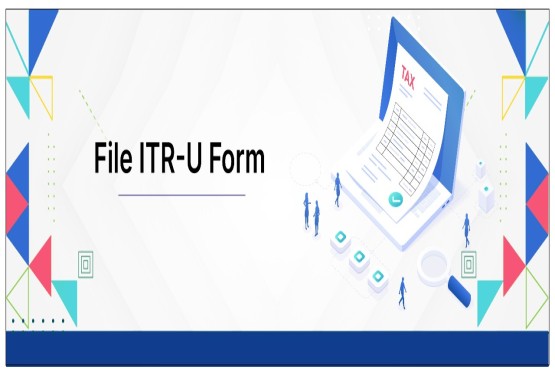
























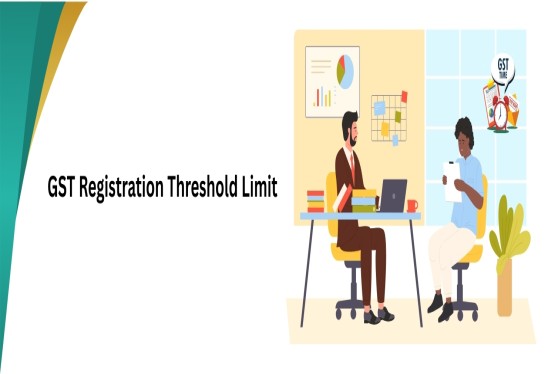
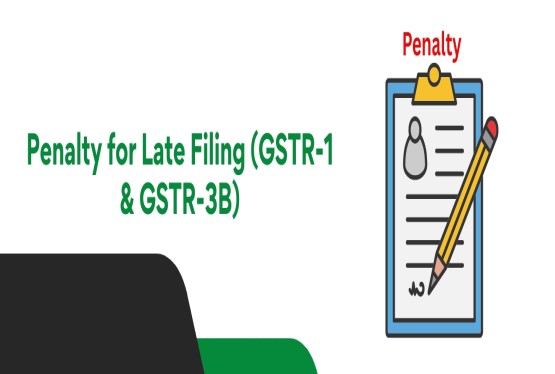












_of_GST_Act_learn_crop10_thumb.jpg)










_Under_GST_learn_crop10_thumb.jpg)









_crop10_thumb.jpg)


_crop10_thumb.jpg)






_learn_crop10_thumb.jpg)





















_of_the_Income_Tax_Act_learn_crop10_thumb.jpg)



_learn_crop10_thumb.jpg)






_learn_crop10_thumb.jpg)






_crop10_thumb.jpg)




















_in_The_Income_Tax_Act,_1961_learn_crop10_thumb.jpg)



_learn_crop10_thumb.jpg)



_of_the_Income_Tax_Act_learn_crop10_thumb.jpg)

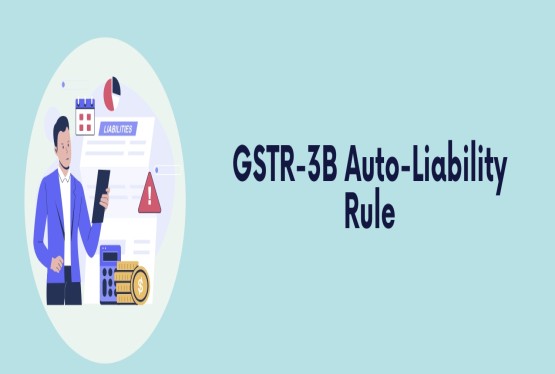
_Of_Income_Tax_Act_learn_crop10_thumb.jpg)








_learn_crop10_thumb.jpg)








_learn_crop10_thumb.jpg)
_crop10_thumb.jpg)

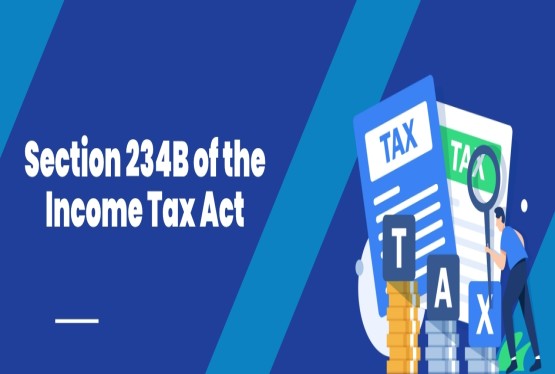




















_learn_crop10_thumb.jpg)
_for_Import_and_Export_learn_crop10_thumb.jpg)











